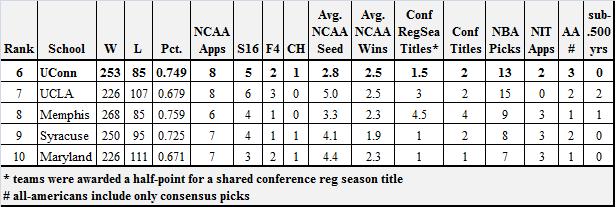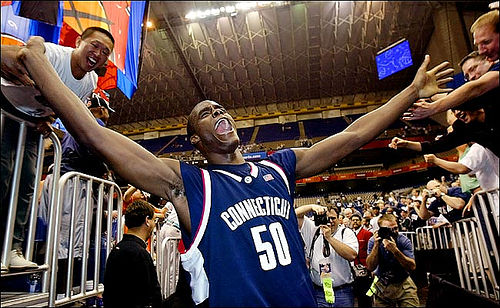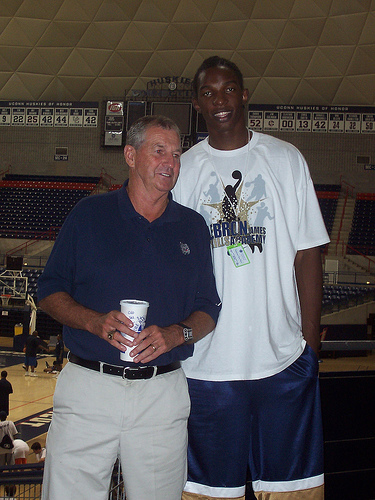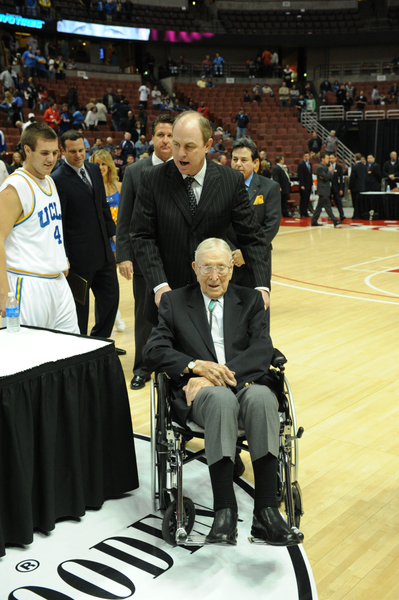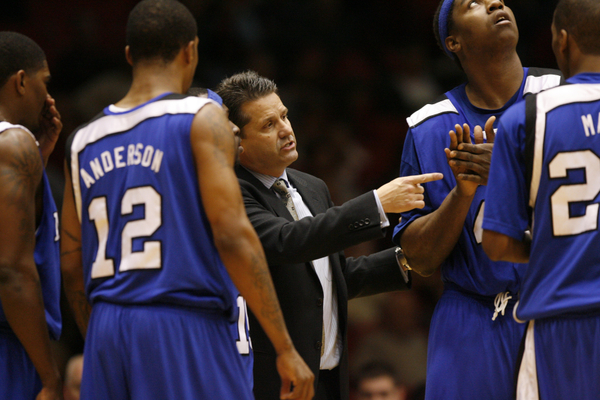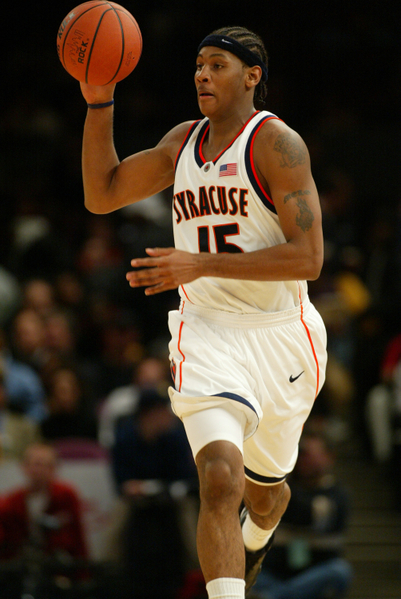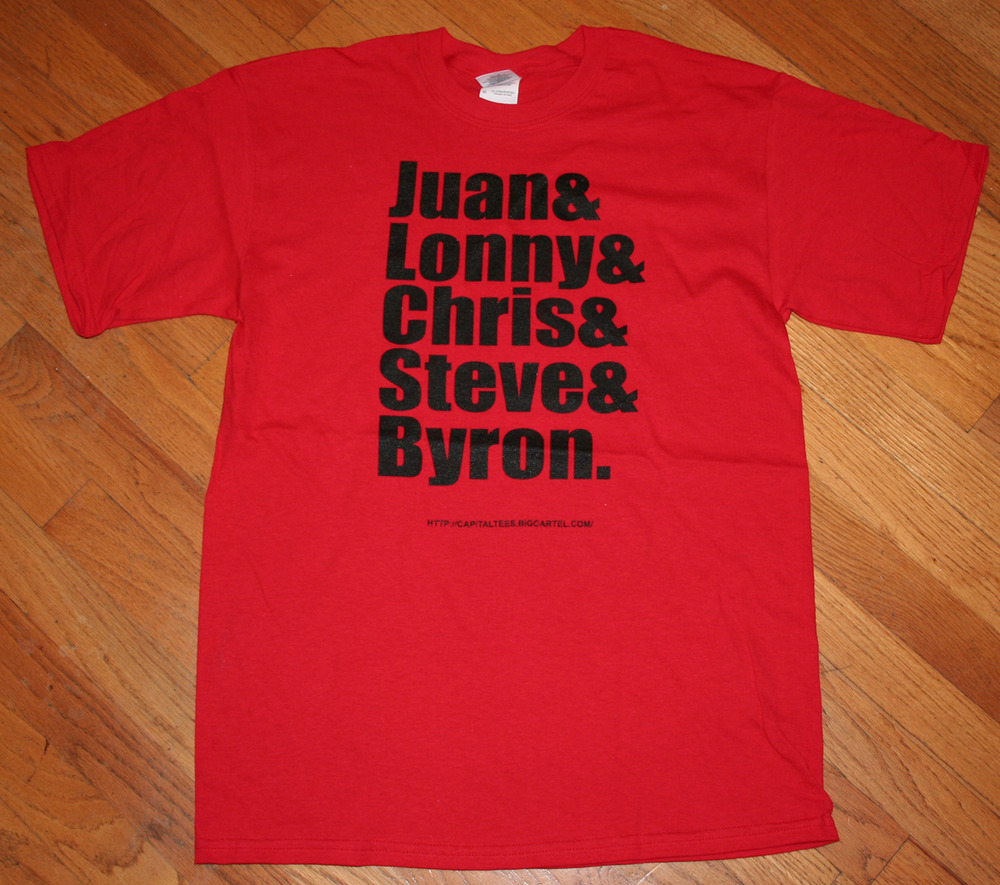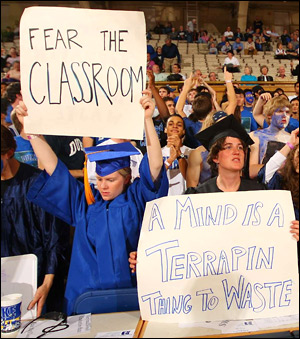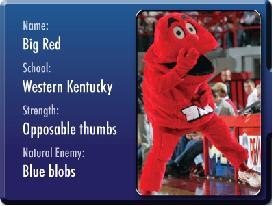Team of the 2000s: #3 – Florida
Posted by jstevrtc on August 18th, 2009Ed. Note: Check the category team of the 2000s for our other entries in this feature.
As we move into the top three teams of the 2000s, we reach rarefied air. The team we review today at the third spot was one of the absolute toughest to place, for reasons that will be described below.
#3 — Florida
Overview. When Billy Donovan arrived at Florida in 1996 he brought with him all of two years of head coaching experience, a mere 35-20 record as the head bull at Marshall. In its previous 81 seasons, the Florida program had gone through 18 different head coaches and known the joys of only a single Final Four, coming in 1994 under Lon Kruger. Nevertheless, much was expected of Donovan. Because of his leadership skills displayed as a point guard at Providence and an assistant at Kentucky (serving head coach Rick Pitino in both capacities), Donovan was quickly anointed as the Next Big Thing in terms of young, up-and-coming college coaches. He delivered quickly, getting the Gators to the championship game in 2000 (falling to Tom Izzo and the Flintstones) and establishing himself as an unbelievable recruiter. But, despite the Blue Devil-like stable of stars, Florida in the early 2000s couldn’t manage past the second round at best in the NCAA Tournament; true, they had made themselves into a formidable power in the SEC, culminating in their first-ever (?!?) SEC Tournament title in 2005 – the first of three straight – but because of their troubles in the Big Dance people began to wonder if Donovan really had what it took to “win the big one.” The best evidence to this was the fact that in each of their appearances from 2001 to 2005, Florida lost to a lower-ranked opponent, and usually quite handily. The only non-double-digit loss during that span was a double-overtime defeat to Creighton in a 12-vs-5 game in the first round in 2002. Those Florida teams may have had top-flight recruits but seemed to lack a physical toughness (with the possible exception of David Lee) required of a true NCAA title contender, and this resulted in the Gators frequently getting pushed around in early tournament games.
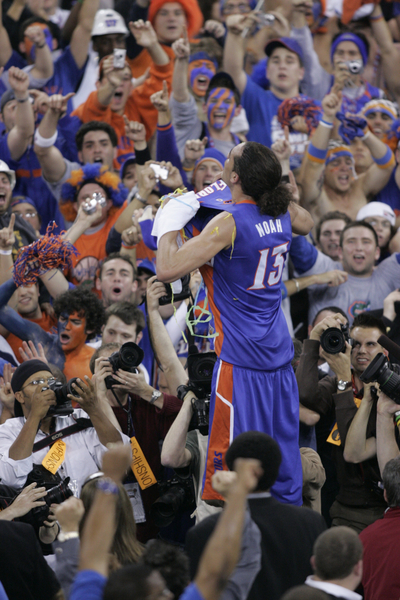
Just as soon as people began to truly doubt Donovan, though, the coaching “potential” and the talent on the floor seemed to meld perfectly in the 2005-2006 season. While fellows like Al Horford, Joakim Noah, Taurean Green, and Corey Brewer were all prized recruits during their high school careers, they weren’t quite as highly regarded as some of the players Donovan had on his comparatively disappointing squads mentioned above. What those fellows did indeed possess was the physical toughness, killer instinct, and coachability that Donovan’s system requires, and this perfect fit resulted in Florida’s first national basketball championship in 2006. Donovan and his Florida program still had their detractors who claimed that they merely lucked into an easy draw — four of their six victories in that tournament came against teams seeded 7th or worse — and that their 2006 title was just a fluke. Surprisingly, the “Oh-Fours” (the collective nickname that Brewer, Horford, Noah, and Green had given themselves for obvious reasons) all decided to return to campus the following year despite the certain looming promise of NBA riches. Flipping a gigantic middle finger to the aforementioned detractors, they proved that the previous season’s title was certainly no fluke by becoming the first repeat champions in 15 years. When considering the two straight titles, Billy Donovan’s recruiting prowess, and his intact image as a young coach with an increasingly bright future, everyone from ESPN anchors to sports-talk radio hosts began tossing around that dangerous word — “dynasty.”
Then, just like Keyser Soze, poof — they were gone. Proving that Florida is a program so bipolar that it should be on Lithium, after repeating as champs, the Gators missed the last two tournaments of the 00s. So, let’s recap the decade in order: a final, five early exits to lower-ranked teams, two national championships, two missed tournaments. Florida basketball…your prescription is ready.
Pinnacle. This has to be the night of the repeat championship in 2007. The second title officially took care of any idiots who felt the 2005-06 championship was a fluke. Also, we know how hard it is to repeat in this sport. A case could be made that the true pinnacle was that pep rally after the first championship when the Oh-Fours all announced that they were coming back to college the next year, and of course after the second title everyone pretty much knew that those guys were gone. But in this era of college basketball I don’t see how there can be any higher pinnacle than the very moments right after repeating as national champions — a peak brought into even greater relief by the decline that followed.
Tailspin. It started on Selection Sunday in 2008. Yes, Florida lost a lot of talent after the second championship, to say the least; they were left with a 2007-08 team consisting of two juniors, three sophomores, and seven incoming freshmen. But with Walter Hodge, Marreese Speights and arguably the nation’s best recruiting class headed to Gainesville for the 2007-08 season, you’d think they could at least have made it back to the NCAA Tournament (to their credit, they did post a 24-12 record, 8-8 SEC). The 2008-09 squad was also a young one, with 11 of the 14 players in either their freshman or sophomore years, but there was enough talent there to make the Dance. To be honest, Florida basketball is still in its tailspin.
Outlook for 2010s: Grade: A-. I wouldn’t go shedding any tears for Donovan or his Gator program. Donovan will always get big-time talent, and, above all, it’s big-time talent that wins championships. Most likely, Florida fans can rely on this continued steady diet of…unsteadiness, meaning a cycle of deep tournament runs followed by NIT births. But if Donovan can find a way to keep the player defections (for whatever reason) to a minimum and get to the point where he can develop teams with some upperclassman leadership, you’ll see a longer string of consecutive years where Florida doesn’t just have great incoming freshman classes but a solid foundation of a few juniors and seniors — and it’s in this manner that legendary runs are built for a program. It could very well begin with the upcoming season as Kenny Boynton and Erik Murphy come to town to lend their assistance, comprising a smaller yet still highly skilled recruiting class. Most likely they’ll all have people forgetting how to pronounce “Calathes” by Christmas.






























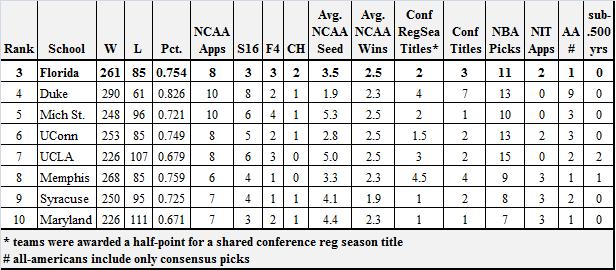
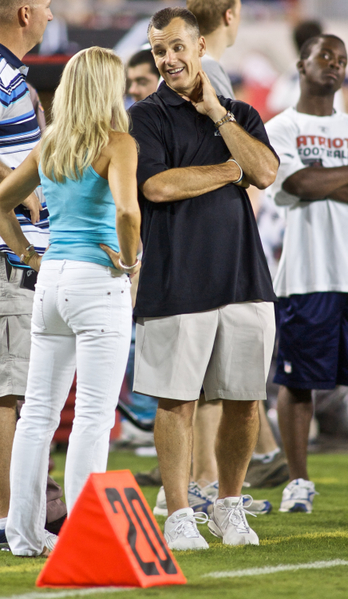
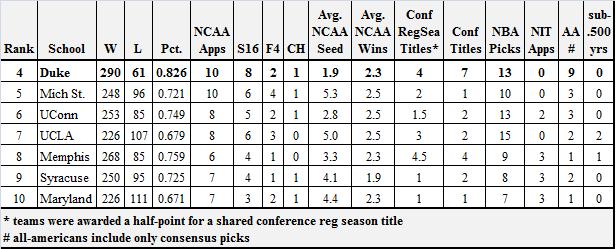
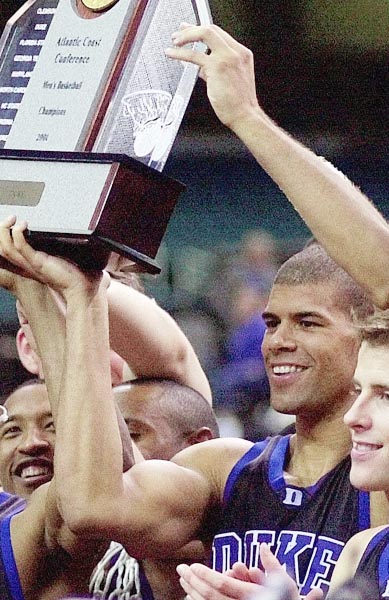
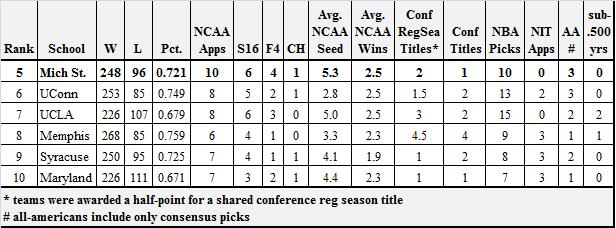
![4390903142048_Ohio_St_v_Michigan_St[1]](http://rushthecourt.net/wp-content/uploads/2009/08/4390903142048_Ohio_St_v_Michigan_St1.jpg)

